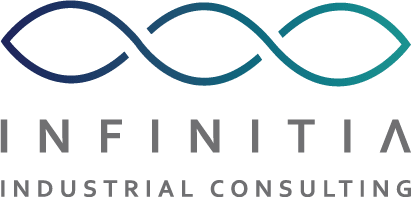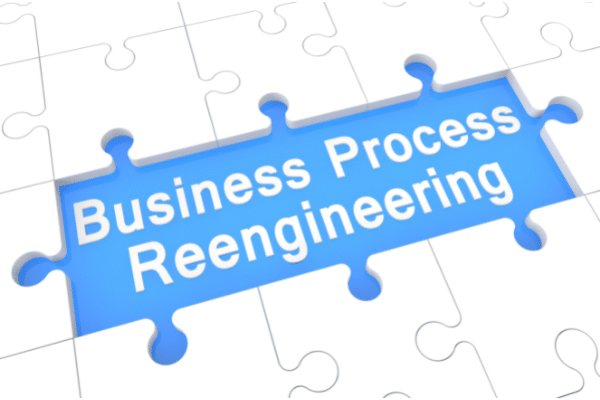Process reengineering achieves cost reductions both within an organization and in product development. At the same time, it focuses on eliminating redundant business processes and reorganizing the workflow. In this article we explain what it is and what steps are required to carry out BPR (Business Process Re-engineering).
What is process reengineering?
Process reengineering is the act of changing the major functions of an organization with the goal of increasing efficiency, improving product quality and lowering costs. It begins with an in-depth analysis of workflows to identify key areas in need of significant improvement.
Business process reengineering became popular in the business world in the 1990s, inspired by an article published in the Harvard Business Review by Michael Hammer. His position was that too many companies were automating fundamentally inefficient processes, rather than creating something different and based on new technologies.
Like any other project involving material innovation and efficiency, business process reengineering needs a team of highly qualified people to carry out the steps we will see in this article.
How does business process reengineering work?
Process Reengineering is a change initiative that works to great effect in materials design and innovation. Its methodology is based on the following four key areas:
- Refocusing: aligning the company’s values with the needs and demands of customers.
- Redesign: drafting and designing the main processes to enable improvements using the latest technological advances.
- Reorganization: think about the basic needs of the organization and the problems people face with the current system.
- Improvement: taking into account all the organization’s business processes and working to improve them.
Process reengineering steps
1. Define the current status
Find and review places in the work process where bottlenecks can occur that reduce efficiency and increase costs.
2. Identify gaps
Establish key performance indicators (KPIs) that give you an idea of how to achieve your objectives. Although KPIs often vary depending on the process being optimized, the following can be very useful both for identifying gaps along the way and for implementing future objectives:
- Manufacturing.
- Cycle time.
- Changeover time: time required to change the manufacturing line from one product to another.
- Defect rate: percentage of manufactured products that are defective.
- Inventory turnover: the time it takes for the manufacturing line to convert inventory into products.
- Planned and emergency maintenance: the proportion of times planned maintenance and emergency maintenance is performed.
- Average time to repair: average time required to repair the system, product or application.
Product development: specific elements, materials and requirements to develop a new product.
These are some examples, however, each project may involve different KPIs. Once the exact KPIs are defined, each process will have to be analyzed individually.
3. Select a test case
In this step it will be necessary to look for an essential process that affects efficiency and then propose a future state that will help achieve the strategic objectives of the product innovation.
4. Develop and test hypotheses
Through strategies such as design thinking, new workflows and procedures will be devised to test their effectiveness.
5. Implement the new process
Once the best solution has been chosen, and after testing it, it is time to implement the improvements to ensure the success of the changes.
6. Evaluating performance
At this point, the performance of the new process should be monitored. In this regard, key performance indicators (KPIs) can be used to assess the impact compared to the original business workflow, as the focus is on achieving strategic improvements in work processes and products.
Advantages of applying process reengineering
There are multiple benefits to applying process reengineering, including cost and time reduction by eliminating any unproductive activities. It also improves the flow of information and likewise improves the quality of work, product and service by establishing clear process roles, which ultimately impacts the overall process effectively.
If handled properly, business process reengineering can greatly improve any type of organization and industry by greatly increasing profits and driving growth.
At Infinitia we want to help you improve. Contact our team of materials innovation professionals so we can offer you the best solution.



